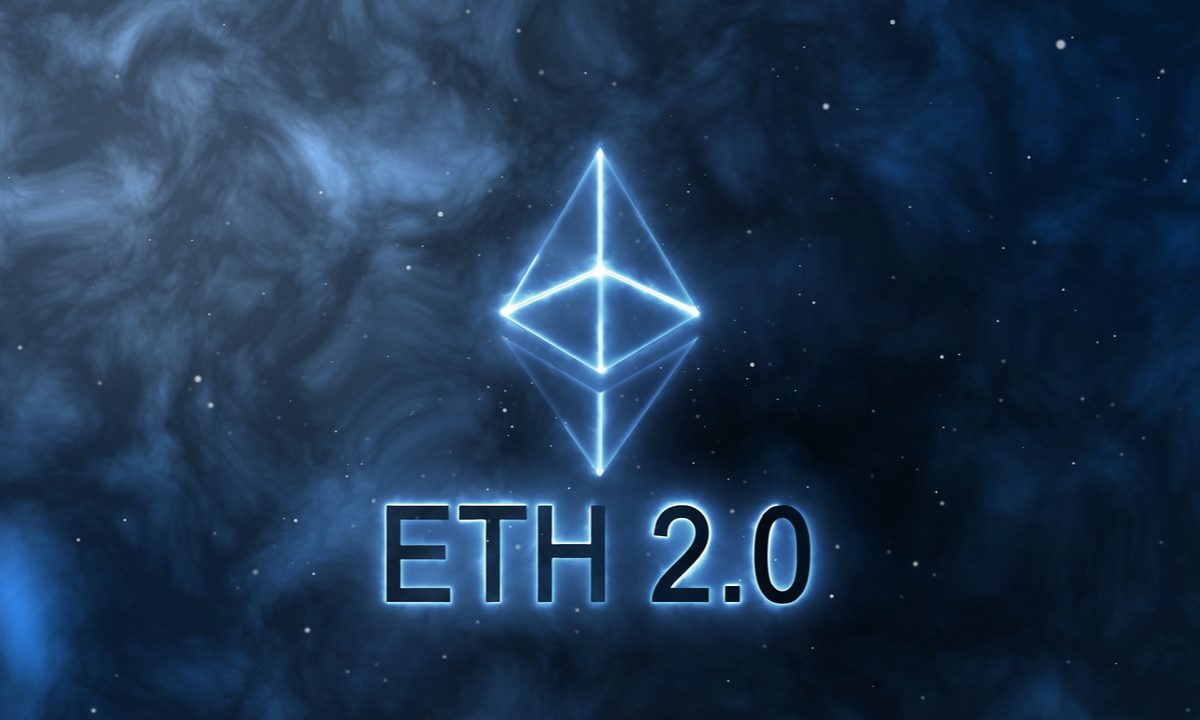Ethereum 2.0 Project Enters Final Stretch, Promising Massive Scalability by Summer

The project to create a faster, cheaper and more scalable version of Ethereum hit an important milestone this week, marking the beginning of the end of a long-delayed and increasingly necessary project to build a better blockchain.
The Ethereum 2.0 project will boost the transactions per second (TPS) capability of the top blockchain for both centralized and decentralized finance, or DeFI, projects — as well as gaming, non-fungible tokens (NFTs), metaverses and pretty much everything else — from its current 12 to 15 TPS limit to 100,000 TPS, developers claim. It will also end its environmental problems.
See also: Ethereum 2.0 Will Not Be Any Faster, Vitalik Buterin Said. But It Will Still Scale Massively
The March 15 launch of the Klin testnet marks the last “test” blockchain before the Ethereum 2.0 Merge that shifts transactions of Ethereum from its current Bitcoin-style proof-of-work consensus mechanism to the newer proof-of-stake (PoS) that competing “Ethereum-killer” blockchain like Polkadot, Cosmos and Solana have been using to steal developers and projects.
Read more: PYMNTS Crypto Basics Series: What’s a Consensus Mechanism and Why Is It Destroying the Planet?
Aside from scalability that will end the overtaxed blockchain’s staggeringly high transaction fees — generally $2 to $4 but spiking as high as $70 — Eth 2.0 will deal with the transaction delays that occur when the number of transactions outpaces it ability to add new transactions to the immutable blockchain.
It also marks a shift away from the energy-intensive mining that has caused it to consume as much energy — and create as much pollution — as the Netherlands.
See more: Can Proof-of-Stake Solve Crypto’s ESG Problem?
The Eth 2.0 blockchain differs from Ethereum in one key fashion: Instead of a single “Layer 1” blockchain that handles everything, Eth 2.0 will have an execution layer, on which all smart contracts run, and a consensus layer, which only records transactions. That takes a lot of pressure off, allowing the consensus layer to scale massively without interfering with — or interference from — the smart contracts running DeFI exchanges, games, metaverses, supply chain management projects and all the rest.
That is roughly the same strategy used by competing blockchains, although there are variations.
Read also: PYMNTS Blockchain Series: What is Cosmos?
Another change is that the block reward of new ETH token for validators — the PoS version of miners — receive for writing new blocks onto the blockchain.
A Long Time Coming
The long-delayed project began in 2016, just a year after the first platform for self-executing smart contracts launched, kicking off the blockchain business revolution that pushed its capabilities past simple currency-replacement cryptocurrencies like bitcoin.
See: PYMNTS Blockchain Series: What Is Ethereum? The Blockchain That Moved Crypto Beyond Currency
While the delays have been extreme, that has not dampened the broad support for the project. Some than 10 million ETH tokens, worth more than $26 billion, have been staked — locked into a contract that replaces mining as the means of securing the blockchain and adding new transaction data in exchange for newly minted ETH tokens.
The final merge, which will bring all Ethereum transactions past and future onto the Ethereum 2.0 blockchain, is planned for the end of the second quarter — likely between June and July.
The new testnet —basically a beta version of Eth 2.0 called Kiln — is producing new blocks smoothly, according to Tim Beiko, a leading developer who played a role in the Eth 2.0 project to earn a place on crypto industry news outlet CoinDesk’s Most Influential 2021 list.
It’s at the point where the Ethereum Foundation is advising developers that the smart contracts are working smoothly and to focus on testing off-chain functions like DApp front end interfaces.
